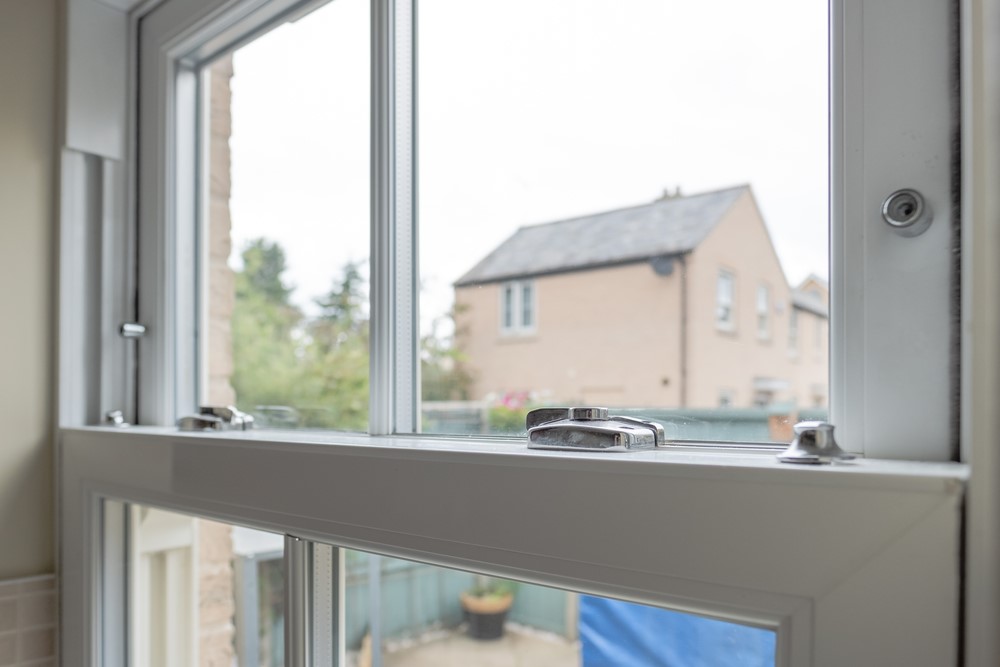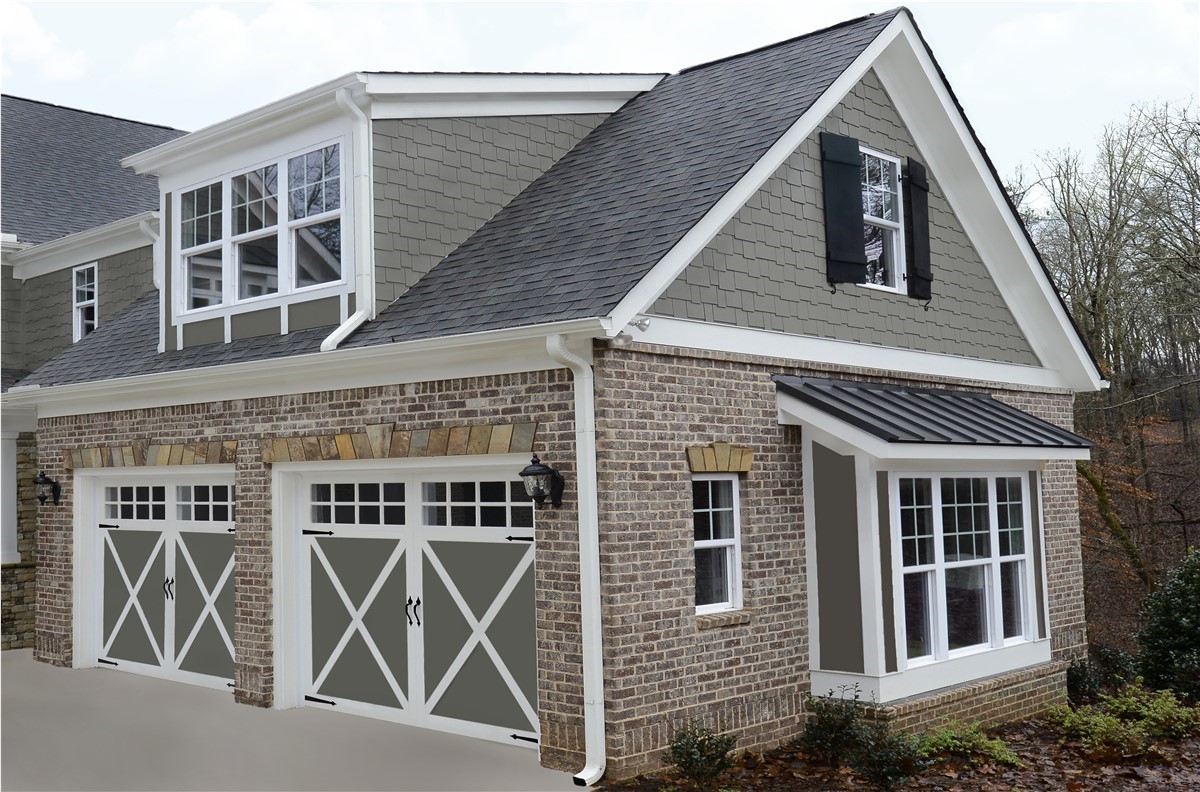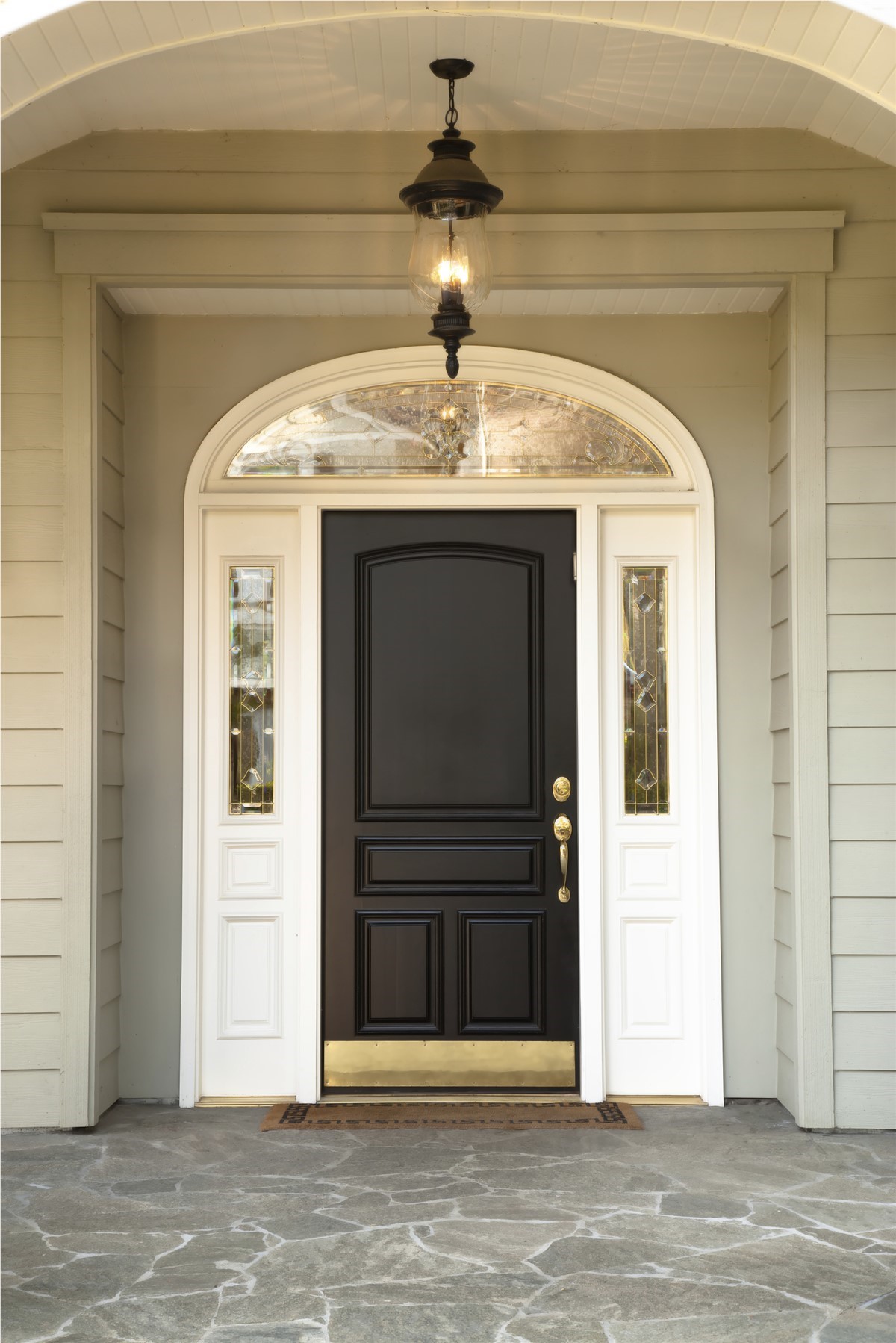For many years, windows were a single pane of glass in a wood or steel frame. They provided light, you could look out them and occasionally they were to be cleaned, but there was little thought given to the idea of efficiency or the role that good windows could play in the comfort of a home.
Early in the 20th century (1930), thermo pane glass was invented right here in the United States. This innovation called for two pieces of glass with a sealed space between them to provide a layer of insulation. Fast forward 80 years and the window options that are available to homeowners are myriad.
There are now double pane windows, triple pane windows, special coatings for the glass as well as gasses for in between the glass, in fact there are too many options for most homeowners to keep track of. When you take into account that many manufacturers have their own proprietary names for the particular type of glass in their windows, in no time at all it can seem awful hard to know what is what.
With this in mind, let's start with the basics. At a bare minimum, a homeowner needs to have double pane insulated glass with Low E-glass and an argon gas fill between the panes of glass. This will provide a minimum insulation value and may (depending on what is currently installed) provide an energy savings. However, to really benefit from the modern technology that is available today, homeowners should consider a triple pane window with a more sophisticated low e-coating. These low e-coatings (which stands for low emissivity) are comprised of metallic layers of titanium dioxide, silver and other materials and are able to reflect energy back away from the glass. Therefore in the winter, the heat in your home is better retained and in the summer, the heat is kept out, making life easier for your air conditioner.
In addition to the glass package that is in an insulated glass unit (IGU), a homeowner should also consider the type of spacer material that is used. Simply put, the spacer is the piece of material that runs around the perimeter of the glass unit in between the pieces of glass. The only purpose of the spacer is to create the space between the pieces of glass, but depending on the material used, this can greatly impact the effectiveness of the IGU.
To compare the performance of one window versus another, you should look at the U-value of the glass (this is the inverse of the R value and in this case, the lower the better) as well as the solar heat gain co-efficient (SHGC). These are the key numbers to know when determining how well a window will perform for you. In fact, the current energy tax credit is based on the purchase of products that achieve a U factor and a SHGC of <.30 for each.
If you currently own a home with old and outdated windows, replacing them with high efficiency window and door products may save you significant money today as well as increasing the life of your HVAC system and adding value to your home. If you live in the Pittsburgh area and are considering this type of work, please give Legacy Remodeling the opportunity to come out and look at the project for you.
Tags
Subscribe to Legacy Remodeling's Blog











Comments